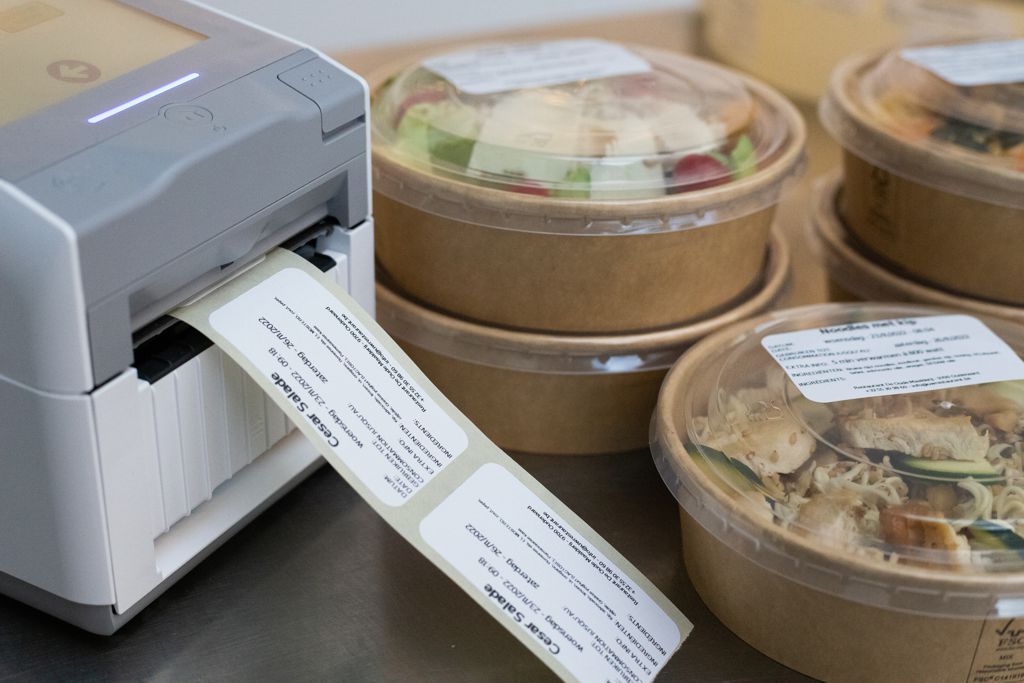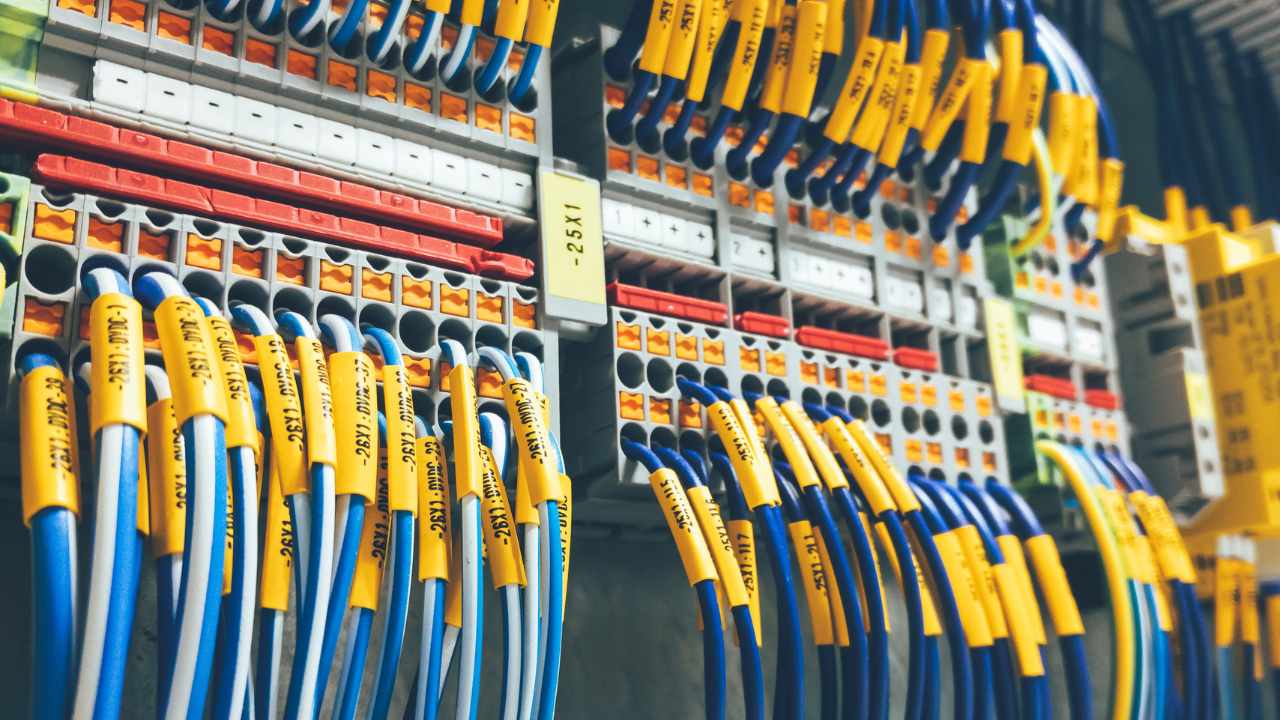With the rise of the digital era, physical business cards have slowly started to be replaced by digital solutions that are more flexible, convenient, and friendly to the environment. Among these options, two of the most prominent are digital business cards and eCards. While these terms are used synonymously very often, they are quite different in design, functionality, and purpose.
This article will try to discuss the differences between digital business cards and eCards, touching on their features, use cases, benefits, and what is unique about each. You will be better placed at the end of this guide on which between the two could be appropriate for your needs, be it personal or business.
2. What Is a Digital Business Card?
A digital business card is a paperless business card, which, for most of the people, has already moved to your smartphone and via email, messaging applications, or through QR code. Digital business cards may include basic information such as a name, phone number, email address, company details, website, and social media profiles. The major difference between digital business cards and traditional business cards is that they are dynamic and can be updated with much ease.
2.1. Features of a Digital Business Card
Basic Information: A digital business card typically comprises name, title, company name, phone number, email address, website, and social media links.
Customizable Design: Many platforms allow users to design their digital business card with logos, colors, and images that align with their brand.
Sharing Flexibility: Unlike traditional cards, digital business cards can be shared instantly via email, messaging apps, or QR codes.
Link Integration: Some digital business cards allow the addition of links to social media profiles, portfolios, and even payment platforms like PayPal.
Real-Time Updates: One of the main advantages of digital cards is that the information can be updated in real-time, ensuring that recipients always have the latest details.
2.2. Benefits of a Digital Business Card
Eco-Friendly: Digital cards eliminate the need for printing, making them a more sustainable option for reducing paper waste.
Cost-Effective: While designing a physical business card requires ongoing printing costs, digital cards are typically a one-time or minimal cost for setup.
Ease of Sharing: Sharing a digital card is as simple as sending an email or a message, without the need for physical exchange.
Contact Management: Digital business cards often integrate with contact management systems or customer relationship management (CRM) tools, allowing for easier organization and follow-up.
2.3. How Digital Business Cards Work
Mostly, digital business cards are created on specific platforms or apps that offer templates to help users create cards with ease. Once designed, users can store the card on their device, share through a personalized URL, or display via a QR code. For example, a user can send a link to their card in an email or text message where the recipient can tap to view or save the information directly into their contacts.
3. What Is an eCard?
In contrast, an eCard usually means an electronic greeting card utilized to send messages or best wishes to others on occasions such as birthdays, holidays, or anniversaries. Even though some business information may be conveyed on the eCard, it’s still designed for personal communication. Unlike a digital business card, an eCard can be more visually dynamic, often designed to be expressive, creative, and even festive in nature.
3.1. Features of an eCard
Greeting Content: Most the eCards bear a greeting message, such as “Happy Birthday” or “Merry Christmas.”
Rich Multimedia: Many of them will contain images, animations, videos, or sound to be more interactive.
Customized Templates: eCards are greatly customizable, with the possibility to select from a large number of themes, styles, and tones that actually fit the occasion.
Interaction Options: Many e-cards come with interaction alternatives, such as buttons, embedded games, or a clickable link.
Personalization: eCards often allow the sender to add custom text, photos, and even signatures, giving it a personal touch.
3.2. Benefits of eCards
Cost-Effective and Time-Saving: Like digital business cards, eCards are inexpensive and can be sent instantly, reducing the need for printing and mailing physical cards.
Eco-Friendly: eCards help reduce the carbon footprint by eliminating the need for paper and postage.
Engaging and Interactive: Most eCards include animation, music, and other interactive elements that might make them more engaging to the recipient.
Convenient for Special Occasions: Because of their versatility and the ability for immediate delivery, holidays, birthdays, and other celebrations see the most popularity of eCards.
3.3. How eCards Work
These can be made using online facilities that offer customized templates. After designing the e-card, one can add the recipient’s email address and send it across. The card is delivered digitally to the receiver either via a link or through an email attachment. The option to reply or send a thank-you note may be provided on the e-card as well.
4. Key Differences Between Digital Business Cards and eCards
While both digital business cards and eCards are forms of electronic communication, they have many significant differences in regard to purpose, design, and functionality.
4.1. Purpose and Functionality
Digital Business Cards: A digital business card is created with the purpose of professional networking. It is a digital alternative to the traditional business card and is designed to be able to present contact information in a useful and easily shareable format.
eCards: These are meant for personal correspondence. They are usually sent for the purpose of greeting, congratulating, or sharing feelings for an occasion.
4.2. Design and Customization
Digital Business Cards: These cards are normally plain and professional in design, containing simple contact information. Customization is possible but often limited to maintaining brand consistency.
eCards: These are highly customizable, as they often contain themes and visual elements which depict the tone of the occasion. They can contain animations, music, and other multimedia too.
4.3. Use Cases
Digital Business Cards: They come in very useful for professionals, entrepreneurs, and businesses to effectively modernize the way to share contact information and augment networking efforts.
eCards: Best applied for personal occasions like birthdays, holidays, and celebrations, or for businesses that want to engage in a fun way with either clients or employees.
4.4. Features and Interactivity
Digital Business Cards: In contrast to other types, digital business cards are all about practical features like sharing contacts, QR code scanning, and integration with social media or CRM systems.
eCards: eCards often include multimedia features such as animations, sounds, and clickable links, designed to engage and entertain the recipient.
5. Pros and Cons of Digital Business Cards
Pros:
Eco-Friendly: Digital cards are paperless and help reduce environmental impact.
Instant Sharing: You can send digital business cards immediately via various platforms, making them ideal for networking on the go.
Easy Updates: Information is updated in real time, ensuring that your contacts will always have the most current information.
Professional Appearance: Digital business cards keep the professional image while offering the flexibility of modern technology.
Cons:
Limited Personal Touch: Unlike traditional cards, digital cards can lack the personal connection that comes with a physical exchange.
Requires Technology: Both the sender and receiver need to be familiar with technology for digital business cards to be effective.
6. Advantages and Disadvantages of eCards
Pros:
Fun and Engaging: eCards are more interactive and personal compared to traditional ways, incorporating multimedia such as animations and sound.
Cost-Effective: eCards save the cost of printing and postage used in traditional greeting cards.
Environmental Benefits: Similar to digital business cards, eCards reduce paper waste.
Cons:
Less Formal: eCards may not be appropriate for professional communication, as they tend to be more casual or informal.
Dependence on Technology: The recipient must have access to a device and the internet to receive and open the eCard.
7. Digital Business Cards and eCards in the Business World
7.1. Networking and Professional Branding
Digital business cards are an effective tool for professionals looking to expand their network and brand themselves. With features that enable instant sharing, real-time updates, and direct links to social profiles, they are an excellent tool for modern networking.
eCards, though meant for personal communication, can also be used by businesses in promotional ways. For instance, companies can send eCards to clients or employees on holidays, special events, or to celebrate achievements. Businesses can maintain engagement and promote goodwill by incorporating their brand colors, logos, and messages into eCards.
7.2. Sustainability and Environmental Impact
One of the most important features of both digital business cards and eCards is that they are eco-friendly. Paper business cards and paper greeting cards contribute to deforestation, waste, and transportation emissions. On the other hand, both digital business cards and eCards are eco-friendly options, eliminating the use of paper, ink, and physical mailing. This is in line with the current trend of making business operations sustainable, with many firms and individuals increasingly switching to digital solutions that minimize their environmental impact.
This especially comes true when relating it to digital business cards because of their long-term potential, by which the print-out-and-reprint problem gets partially obviated in cases when details get changed. With physical digital cards, updates will silently come to their destination and automatically show the changes that had taken place, instead of generating a new stack for reprinting. They may even be reused many times with another reason being to create extra cards, saving mother earth.
7.3. Adaptability to Modern Communication Styles
One of the most modern approaches is the fact that digital business cards and eCards fit modern means of communication very well, which more and more tend to be digital and mobile-first. Smartphones and social media platforms become the main mode of communication nowadays, so digital solutions for business cards and ecards are in demand and easier to use.
Digital business cards fit this trend, being easily accessible, shareable, and stored on mobile devices. This integration with social media profiles, LinkedIn, and other professional networks allows users to extend professional networking with ease. Meanwhile, eCards are a perfect fit for social media where individuals and businesses can share celebratory or holiday messages to drive a broader audience in a more casual, fun, and memorable way.
8. Conclusion
The use of digital business cards and eCards, therefore, caters to different needs for each. In essence, digital business cards are more of professional networking, allowing the users a dynamic, shareable means of exchanging contact information, with support for modern branding and business practices. eCards are mainly used in personal or casual messaging. They allow a more engaging and rich-media way to celebrate milestones, holidays, or achievements.
Each has its pros and cons depending on the context they are put in. Digital business cards would be ideal for people seeking to replace the conventional paper cards with a version that is more environmental-friendly, cost-effective, and adaptive, especially in business or networking scenarios. On the other hand, eCards are quite perfect for those who seek to convey a more personalized, creative, and interactive greeting on any special occasion.
The final choice between a digital business card and an eCard depends upon the purpose, functionality, and audience you want to reach. Digital business cards, for professionals seeking to raise their business communication a notch higher and organizing networking with ease, will be a clear choice. For those who want to send greetings or messages in a fun and personalized manner, eCards are excellent.
As technology continues to evolve, both digital business cards and eCards are likely to become even more integral to our communication strategies. In fact, these digital solutions offer a modern, sustainable, and creative way to stay connected in an increasingly digital world for both business and personal use.















